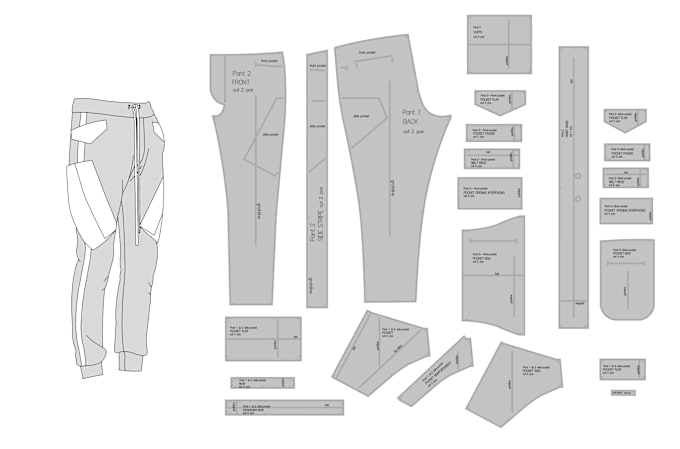
Confidence Boost
Self-Expression:
Clothing choices allow boys to express their individuality and personal style preferences.
Experimenting with different styles, colors, and trends helps them discover their unique identity.
Comfort and Fit:
Well-fitted and comfortable clothing enhances physical confidence and encourages positive body image.
Clothes that align with personal preferences can boost self-esteem and promote a sense of empowerment.
Social and Emotional Impact
Peer Perception:
Clothing serves as a form of non-verbal communication, influencing how boys are perceived by peers and adults.
Dressing according to social norms or personal interests can facilitate social acceptance and integration.
Emotional Expression:
Clothing choices can reflect emotional states or moods, allowing boys to express feelings subtly through colors, styles, or graphic prints.
Wearing favorite garments may provide comfort during times of stress or uncertainty.
Development of Personal Style
Identity Exploration:
Exploring different clothing styles and trends helps boys develop a sense of identity and self-discovery.
From casual wear to formal attire, each style choice contributes to defining their evolving personality.
Cultural and Social Influence:
Cultural background, family traditions, and societal trends influence clothing preferences and style adaptations.
Boys may adopt fashion elements that resonate with their cultural heritage or peer group affiliations.
Professionalism and Presentation
Occasional Attire:
Formal wear, such as suits or dress shirts, teaches boys about appropriate attire for special occasions and professional settings.
Dressing appropriately reinforces manners, respect, and confidence in formal social interactions.
Grooming and Personal Care:
Beyond clothing, grooming habits and personal care routines contribute to overall presentation and self-assurance.
Teaching hygiene practices alongside clothing choices promotes holistic personality development.
Conclusion
Boys' clothing is more than just fabric; it serves as a tool for self-expression, social integration, and confidence building. By understanding the role of clothing in personality development, parents, educators, and caregivers can support boys in exploring their identities, fostering positive self-esteem, and embracing diverse aspects of their personalities through fashion choices.




